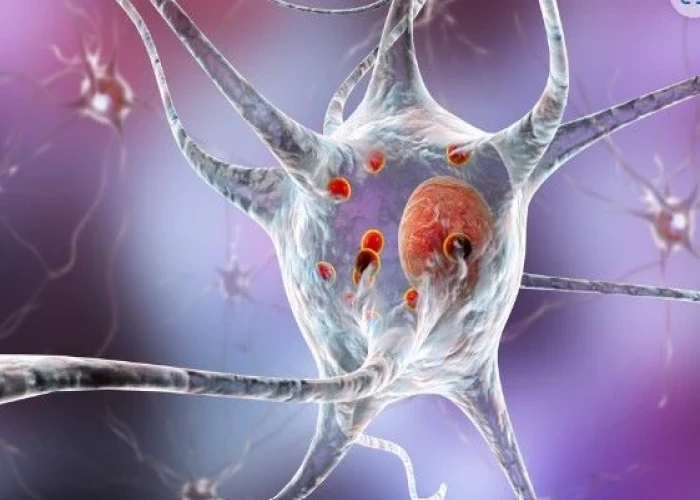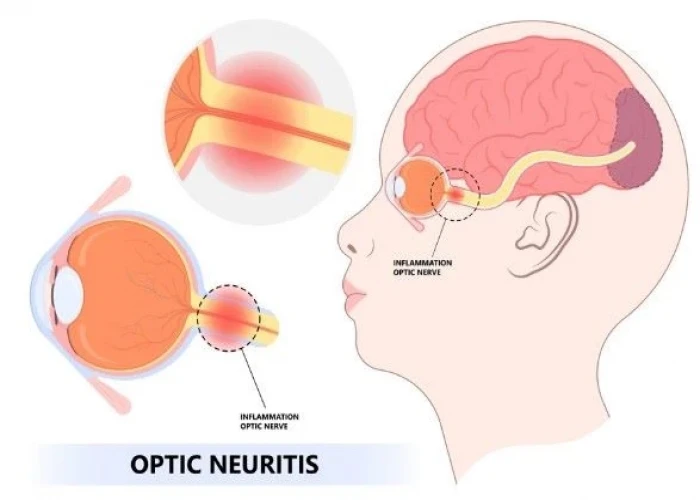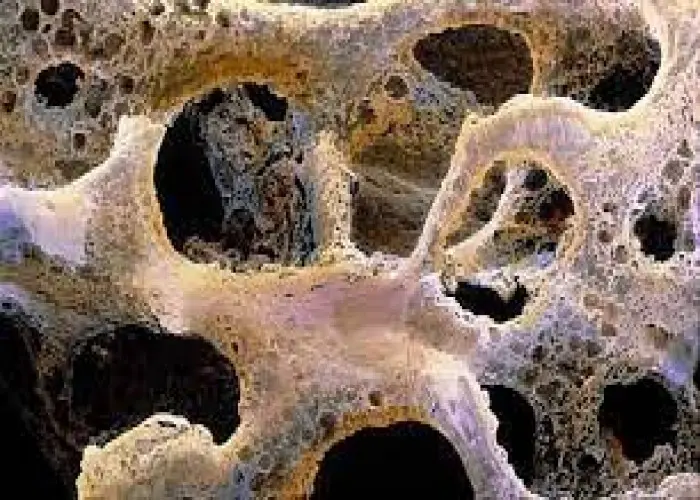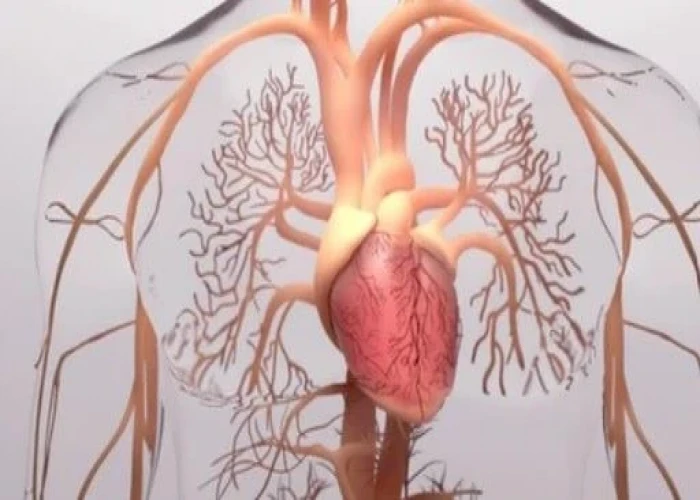 Welcome
Welcome
“May all be happy, may all be healed, may all be at peace and may no one ever suffer."
Pulmonary hypertension

Pulmonary hypertension (PH) is a condition in which the blood pressure in the pulmonary arteries, which carry blood from the heart to the lungs, is higher than normal. This puts increased strain on the heart and can lead to a range of symptoms such as shortness of breath, fatigue, chest pain, dizziness, and swelling in the legs and ankles.
There are several different types of pulmonary hypertension, and the causes and treatments can vary depending on the type. Pulmonary arterial hypertension (PAH), for example, is a rare form of the disease that is caused by the narrowing or blockage of the small blood vessels in the lungs, and can be treated with medications that help to dilate the blood vessels and reduce the workload on the heart. Other forms of PH may be caused by underlying medical conditions such as heart or lung disease, blood clots, or exposure to certain toxins or drugs.
Treatment for pulmonary hypertension may involve a combination of medications, lifestyle changes, and surgery or other procedures, depending on the severity and underlying cause of the disease. It is important to seek medical attention if you are experiencing symptoms of pulmonary hypertension, as early diagnosis and treatment can help to slow the progression of the disease and improve quality of life.
Research Papers
Disease Signs and Symptoms
- Blue lips (cyanosis)
- Dizziness or fainting spells (syncope)
- Swollen (Edema)
- Shortness of breath (dyspnea)
- Fatigue (Tiredness)
- Rapid fluttering heartbeats (palpitations)
- Dizziness (vertigo)
- Chest pain
- Blue skin (cyanosis)
- Swelling (edema) in ankles, legs and eventually in the abdomen (ascites)
Disease Causes
Pulmonary hypertension
The typical heart has two upper chambers (atria) and two lower chambers (ventricles). Each time blood passes through the heart, the lower right chamber (right ventricle) pumps blood to the lungs through a large blood vessel (pulmonary artery).
In the lungs, the blood releases carbon dioxide and picks up oxygen. The blood typically flows easily through blood vessels in the lungs (pulmonary arteries, capillaries and veins) to the left side of the heart.
However, changes in the cells that line the pulmonary arteries can cause the walls of the arteries to become stiff, swollen and thick. These changes may slow down or block blood flow through the lungs, causing pulmonary hypertension.
Pulmonary hypertension is classified into five groups, depending on the cause.
Group 1: Pulmonary arterial hypertension (PAH)
Causes include:
- Unknown cause (idiopathic pulmonary arterial hypertension)
- Changes in a gene passed down through families (heritable pulmonary arterial hypertension)
- Use of certain drugs or illegal substances
- Heart problems present at birth (congenital heart disease)
- Other conditions such as HIV infection, chronic liver disease (cirrhosis) and connective tissue disorders (scleroderma, lupus, others)
Group 2: Pulmonary hypertension caused by left-sided heart disease
Causes include:
- Left-sided heart valve disease such as mitral valve or aortic valve disease
- Failure of the lower left heart chamber (left ventricle)
Group 3: Pulmonary hypertension caused by lung disease
Causes include:
- Chronic obstructive pulmonary disease (COPD)
- Scarring of the tissue between the lung's air sacs (pulmonary fibrosis)
- Obstructive sleep apnea
- Long-term exposure to high altitudes in people who may be at higher risk of pulmonary hypertension
Group 4: Pulmonary hypertension caused by chronic blood clots
Causes include:
- Chronic blood clots in the lungs (pulmonary emboli)
- Other clotting disorders
Group 5: Pulmonary hypertension triggered by other health conditions
Causes include:
- Blood disorders, including polycythemia vera and essential thrombocythemia
- Inflammatory disorders such as sarcoidosis and vasculitis
- Metabolic disorders, including glycogen storage disease
- Kidney disease
- Tumors pressing against pulmonary arteries
Eisenmenger syndrome and pulmonary hypertension
Eisenmenger syndrome is a type of congenital heart disease that causes pulmonary hypertension. It's most commonly caused by a large hole in the heart between the two lower heart chambers (ventricles), called a ventricular septal defect.
This hole in the heart causes blood to flow incorrectly in the heart. Oxygen-carrying blood (red blood) mixes with oxygen-poor blood (blue blood). The blood then returns to the lungs — instead of going to the rest of the body — increasing the pressure in the pulmonary arteries and causing pulmonary hypertension.
Disease Prevents
Disease Treatments
There's no cure for pulmonary hypertension, but treatment is available to help improve signs and symptoms and slow the progress of the disease.
It often takes some time to find the most appropriate treatment for pulmonary hypertension. The treatments are often complex and require extensive follow-up care.
When pulmonary hypertension is caused by another condition, treatment is given for the underlying cause whenever possible.
Medications
Medications are available to help improve symptoms of pulmonary hypertension and to slow the progression of the disease.
Medications that may be prescribed to treat pulmonary hypertension symptoms or complications include:
- Blood vessel dilators (vasodilators). This type of medicine relaxes and opens narrowed blood vessels, improving blood flow. Vasodilators may be taken by mouth, inhaled, injected or given by IV infusion. A commonly prescribed vasodilator for pulmonary hypertension is epoprostenol (Flolan, Veletri).
- This drug continuously flows through an IV attached to a small pump, which is worn in a pack on the belt or shoulder. Potential side effects of epoprostenol include jaw pain, nausea, diarrhea, leg cramps, and pain and infection at the IV site.
- Other types of vasodilators, including treprostinil (Tyvaso, Remodulin, Orenitram), can be inhaled, injected or taken by mouth. The drug iloprost (Ventavis) is given while breathing in through a nebulizer, a machine that vaporizes the medication.
- Side effects associated with treprostinil include chest pain, often with headache and nausea, and breathlessness. Possible side effects of iloprost include headache, nausea and diarrhea.
- Guanylate cyclase (GSC) stimulators. This type of medicine increases nitric oxide in the body, which relaxes the pulmonary arteries and lowers pressure in the lungs. GSC stimulators include riociguat (Adempas). Side effects include nausea, dizziness and fainting. You should not take GSC stimulators if you're pregnant.
- Medications to widen blood vessels. Medications called endothelin receptor antagonists reverse the effect of a substance in the walls of blood vessels that causes them to narrow. Such drugs include bosentan (Tracleer), macitentan (Opsumit) and ambrisentan (Letairis). They may improve energy level and symptoms. However, they can damage the liver. Monthly blood tests may be done to check liver function. Don't take these drugs during pregnancy.
- Medications to increase blood flow. Drugs called phosphodiesterase 5 (PDE5) inhibitors may be used to increase blood flow through the lungs. These medicines are also used to treat erectile dysfunction. They include sildenafil (Revatio, Viagra) and tadalafil (Adcirca, Cialis, Alyq).
- High-dose calcium channel blockers. These drugs help relax the muscles in the walls of blood vessels. They include amlodipine (Norvasc), diltiazem (Cardizem, Tiazac, others) and nifedipine (Procardia). Although calcium channel blockers can be effective, only a small number of people with pulmonary hypertension improve while taking them.
- Blood thinners (anticoagulants). Warfarin (Jantoven) may be prescribed to help prevent blood clots. Blood thinners increase the risk of bleeding, especially in those who are having surgery or an invasive procedure. If you take blood thinners, you'll need occasional blood tests to see if the medicine is working as it should. Don't stop taking blood thinners without first talking to your care provider.
- Many other drugs, herbal supplements and foods can interact with warfarin. Always tell your provider about your diet and all the medications you take, including those bought without a prescription.
- Digoxin (Lanoxin). This medicine helps the heart beat stronger and pump more blood. It can help control irregular heartbeats (arrhythmias).
- Water pills (diuretics). These medications help the kidneys remove excess fluid from the body. This reduces the amount of work the heart has to do. Diuretics may also be used to reduce fluid buildup in the lungs, legs and abdomen.
- Oxygen therapy. Breathing pure oxygen is sometimes recommended as a treatment for pulmonary hypertension, especially for those who live at a high altitude or have sleep apnea. Continuous oxygen therapy may be needed.
Surgery and other procedures
If medications do not help control the signs and symptoms of pulmonary hypertension, surgery may be recommended. Surgeries to treat pulmonary hypertension include:
- Atrial septostomy. This open-heart surgery may be recommended if medications don't control pulmonary hypertension signs and symptoms. In an atrial septostomy, a surgeon creates an opening between the upper left and right chambers of the heart (atria) to relieve the pressure on the right side of the heart. Potential complications include heart rhythm problems (arrhythmias).
- Lung or heart-lung transplant. Sometimes, a lung or heart-lung transplant may be recommended, especially for younger people who have idiopathic pulmonary arterial hypertension.
- Major risks of any type of transplantation include rejection of the transplanted organ and serious infection. Immunosuppressant drugs must be taken for life to help reduce the chance of rejection.
Disease Diagnoses
Disease Allopathic Generics
Disease Ayurvedic Generics
Disease Homeopathic Generics
Disease yoga
Pulmonary hypertension and Learn More about Diseases

Exercise headaches

N/A

Lobular carcinoma in situ (LCIS)

Cellulite

Lewy body dementia

Optic neuritis

Sick sinus syndrome

Bone metastasis
pulmonary hypertension, পালমোনারি হাইপারটেনশন
To be happy, beautiful, healthy, wealthy, hale and long-lived stay with DM3S.
